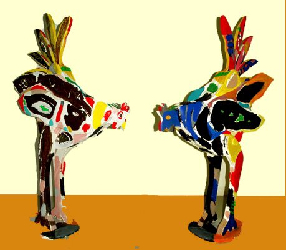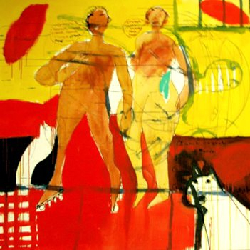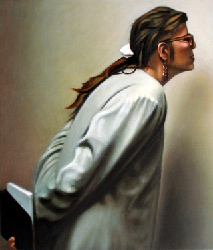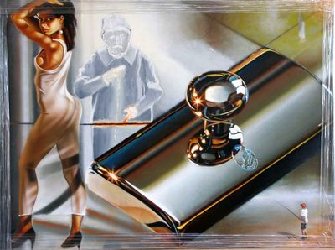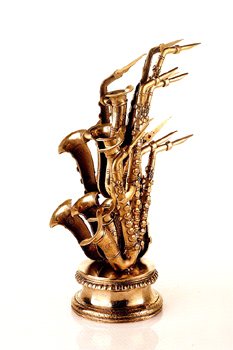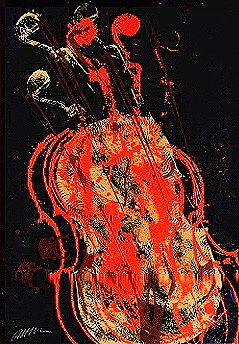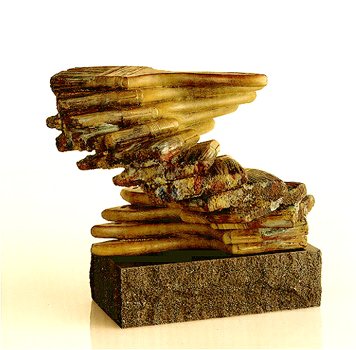The building of a private art collection usually starts because one is hit by the beauty or is fascinated by artworks. Sometimes, however, representation, status or investment play a dominant role.
The perspective from which one starts an art collection and the financial resources made available for this purpose, ask each for its own specific approach when building a collection.
Art as office decoration and representation
Dominique Chan
Most of the Dutch companies have modern art as a rental collection in their interior. A lot of these companies have also purchased modern art, often without the prime motivation to build a collection, but rather because of reasons as: representation; improving the working environment for employees; embellishment of the interior; or simply because they did not want to say goodbye to an artwork anymore.
The criterion here is usually that one is moved by the art and touched by its beauty.
Art as social engagement and marketing
Leo Wijnhoven
In recent decades thousands of companies have knowingly built a collection of contemporary modern art, because of their involvement with society, the evolution of young artists, but also based on marketing considerations. Such a collection is appreciated for its beauty and quality, and its value has risen sharply over the years.
A select group of large companies or institutions with a substantial collection, have joined in 2005 the VNBC, Association of Dutch Business Collections, with the aim of rotating these business collections in various exhibitions.
Here the criterion is usually that art should be representative and image and status enhancing, in addition to the qualitative aspect of aesthetics.
Armand 1928-2005
Art collections as communication tool for socially sustainable vision and policy


